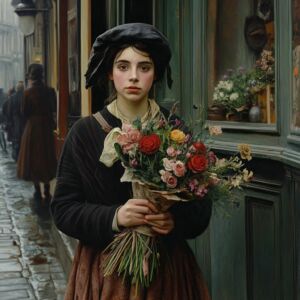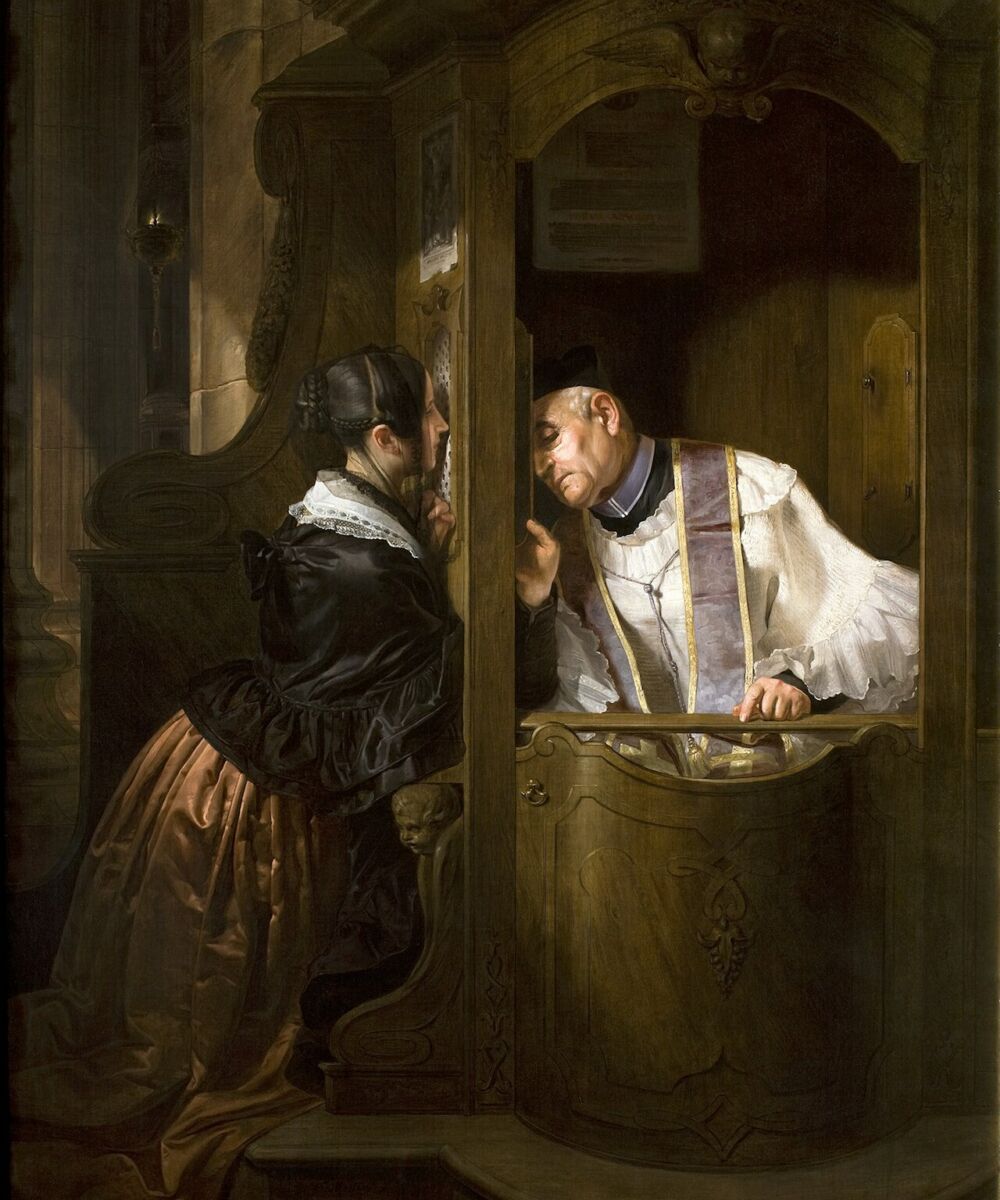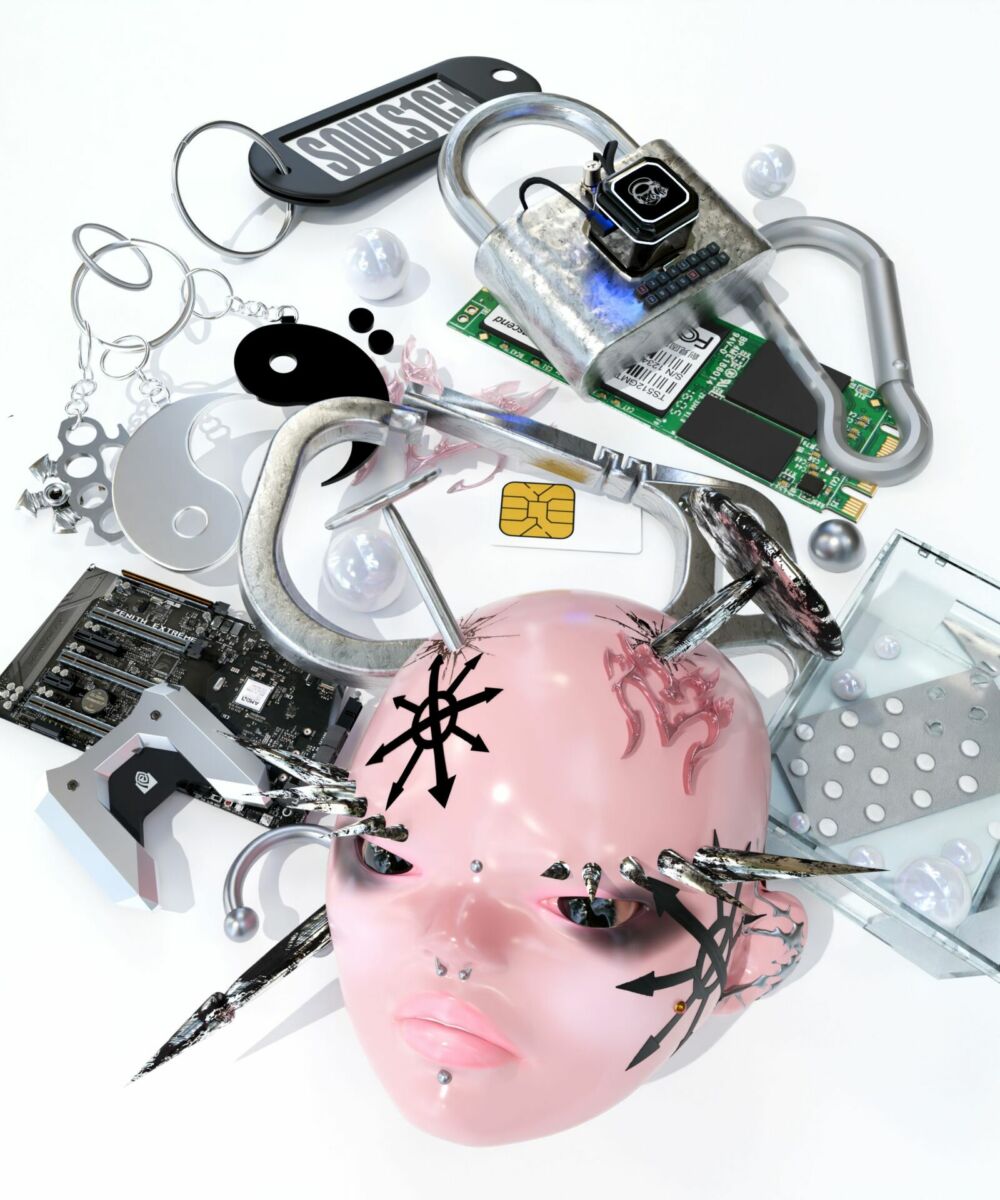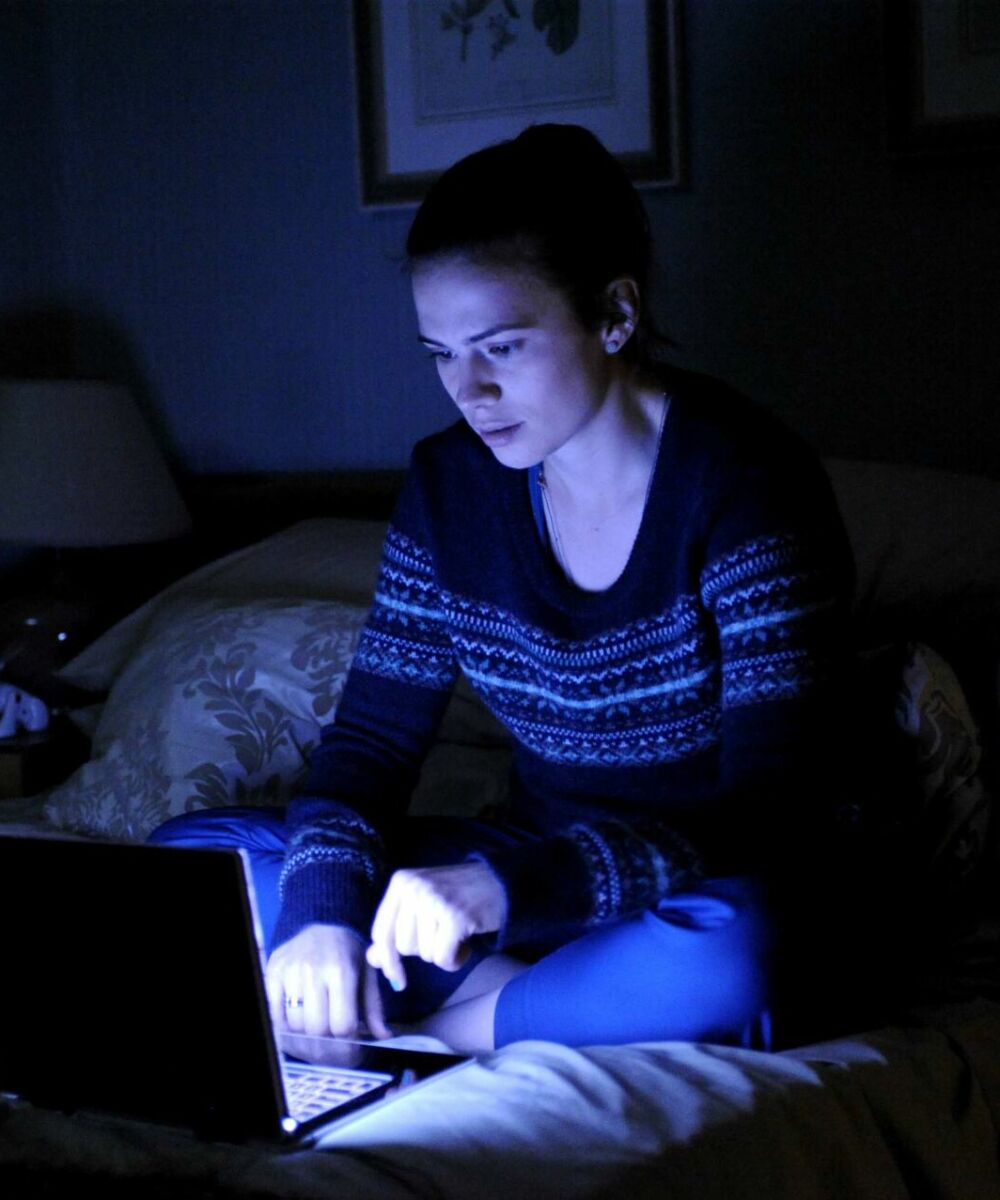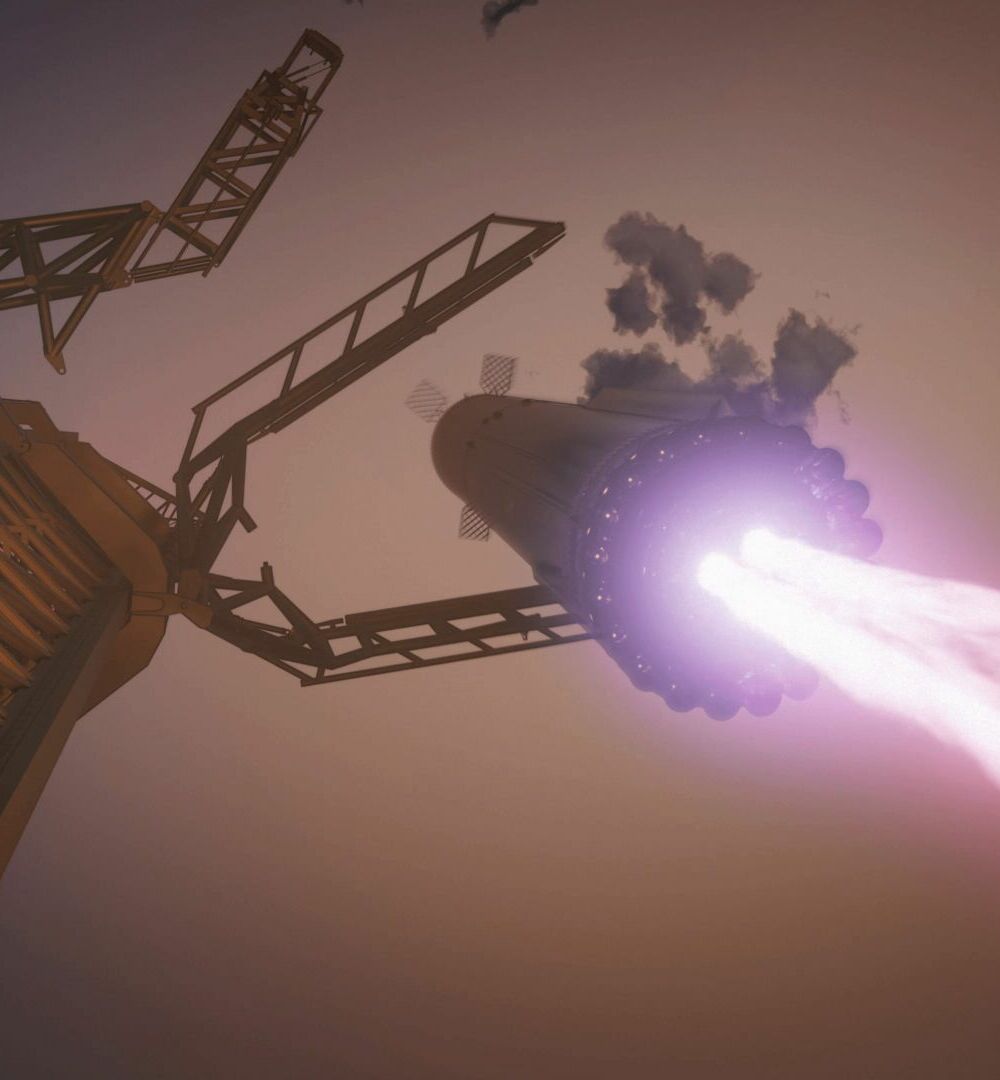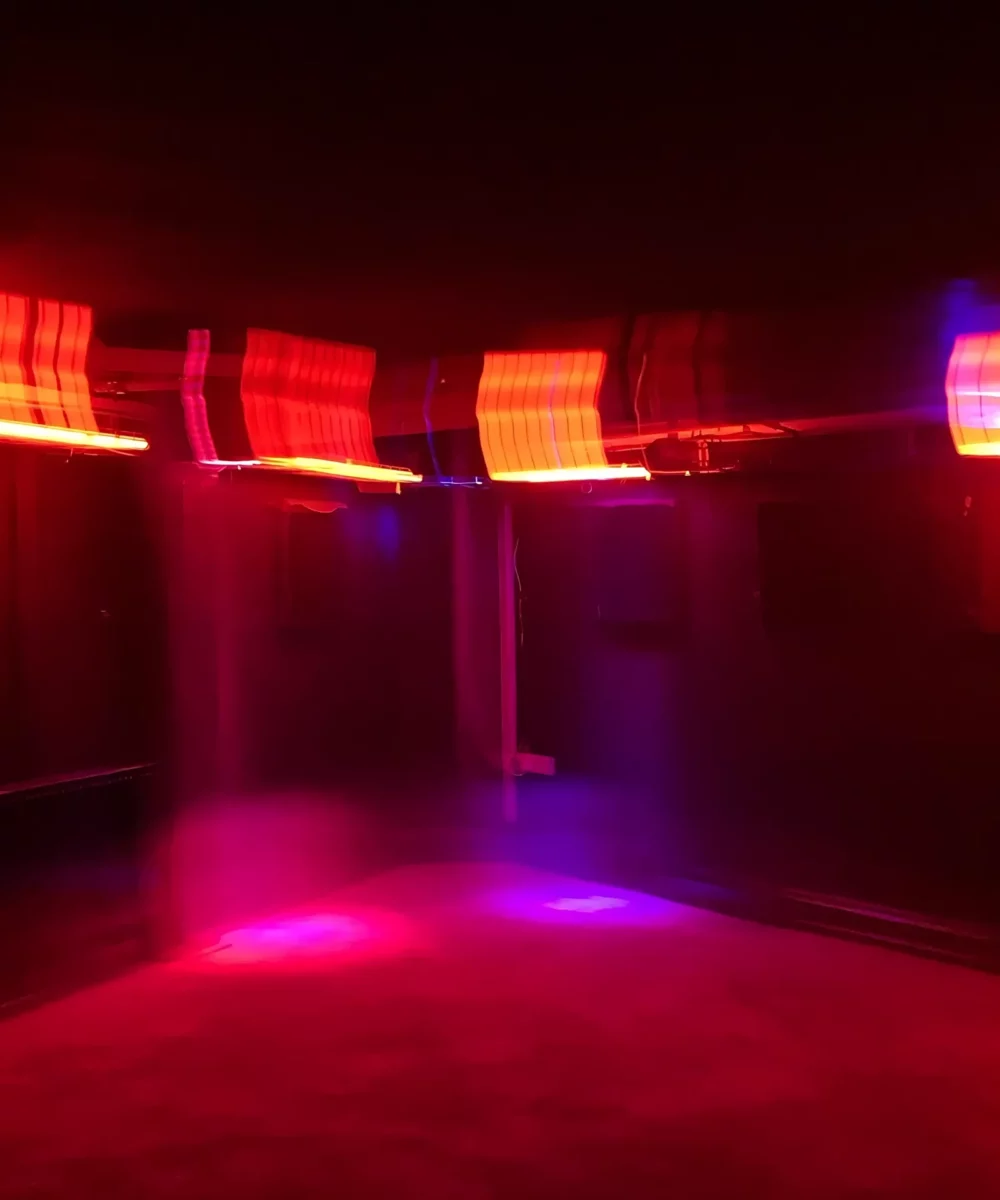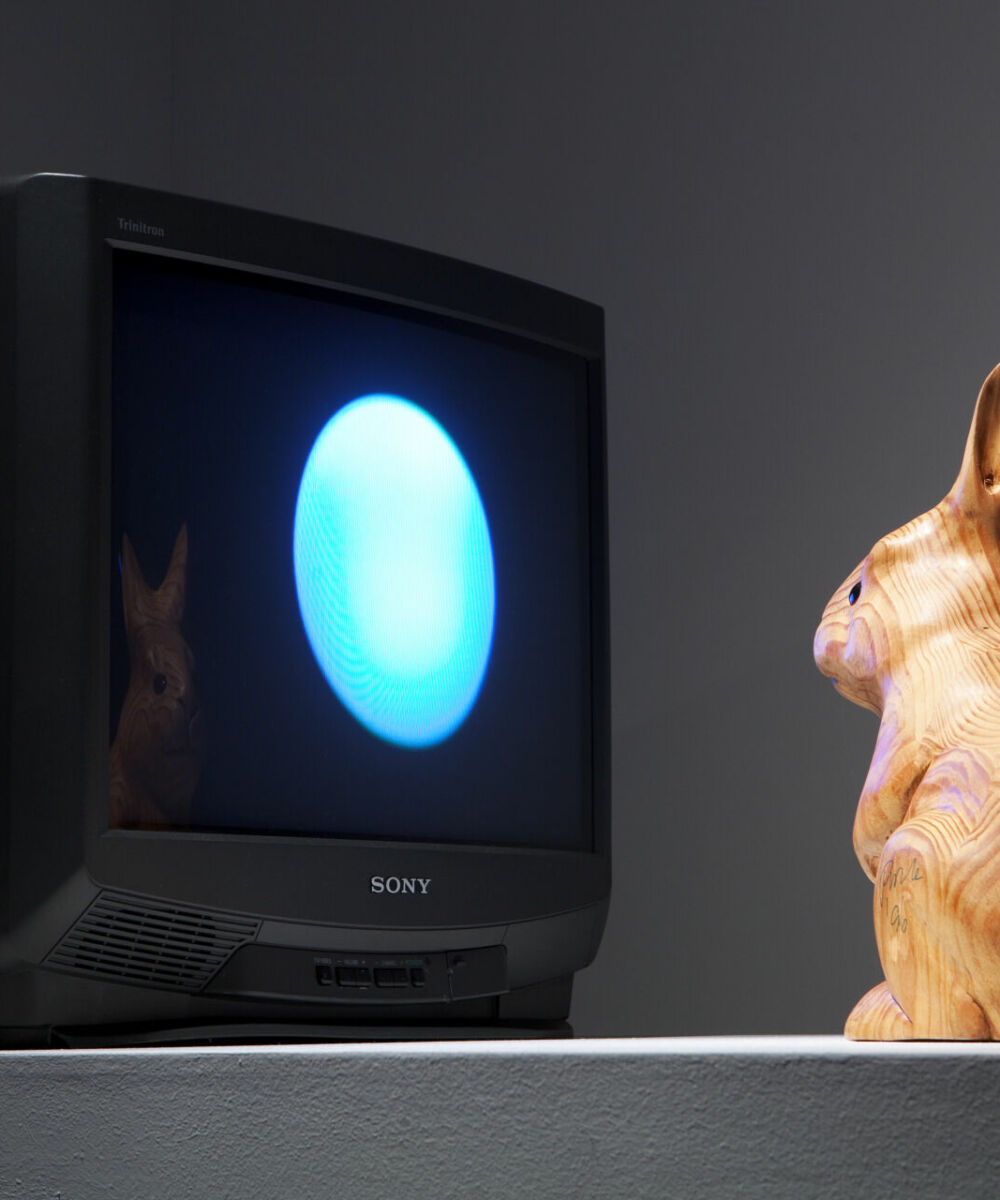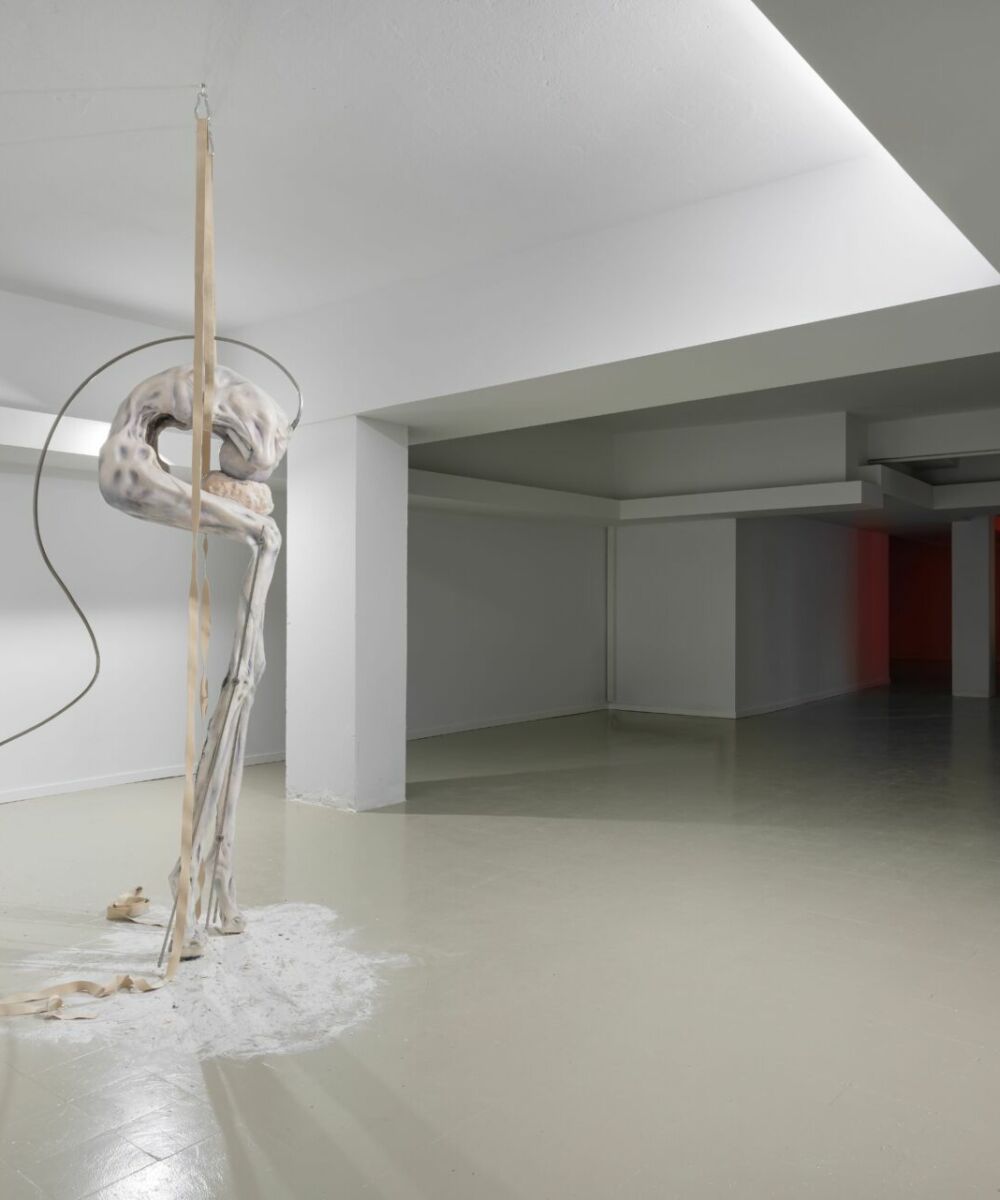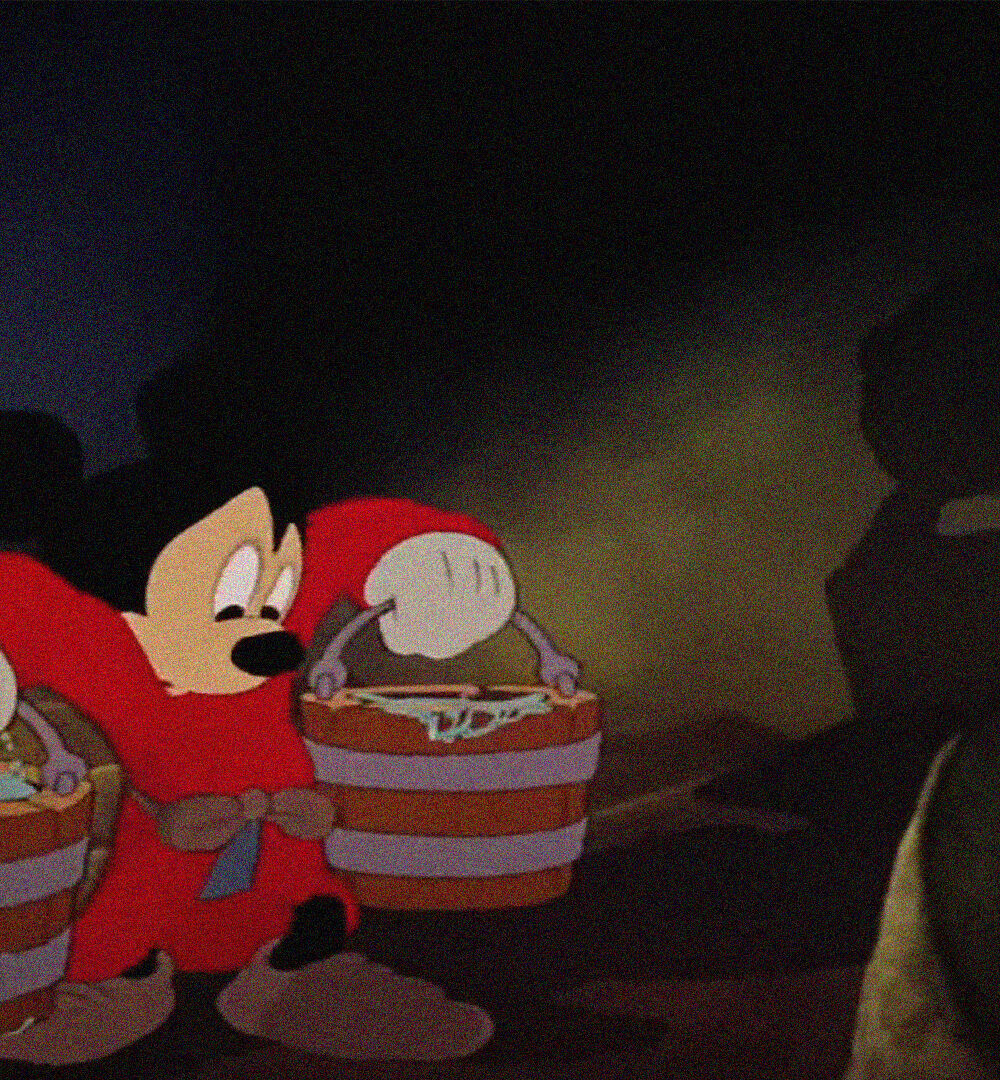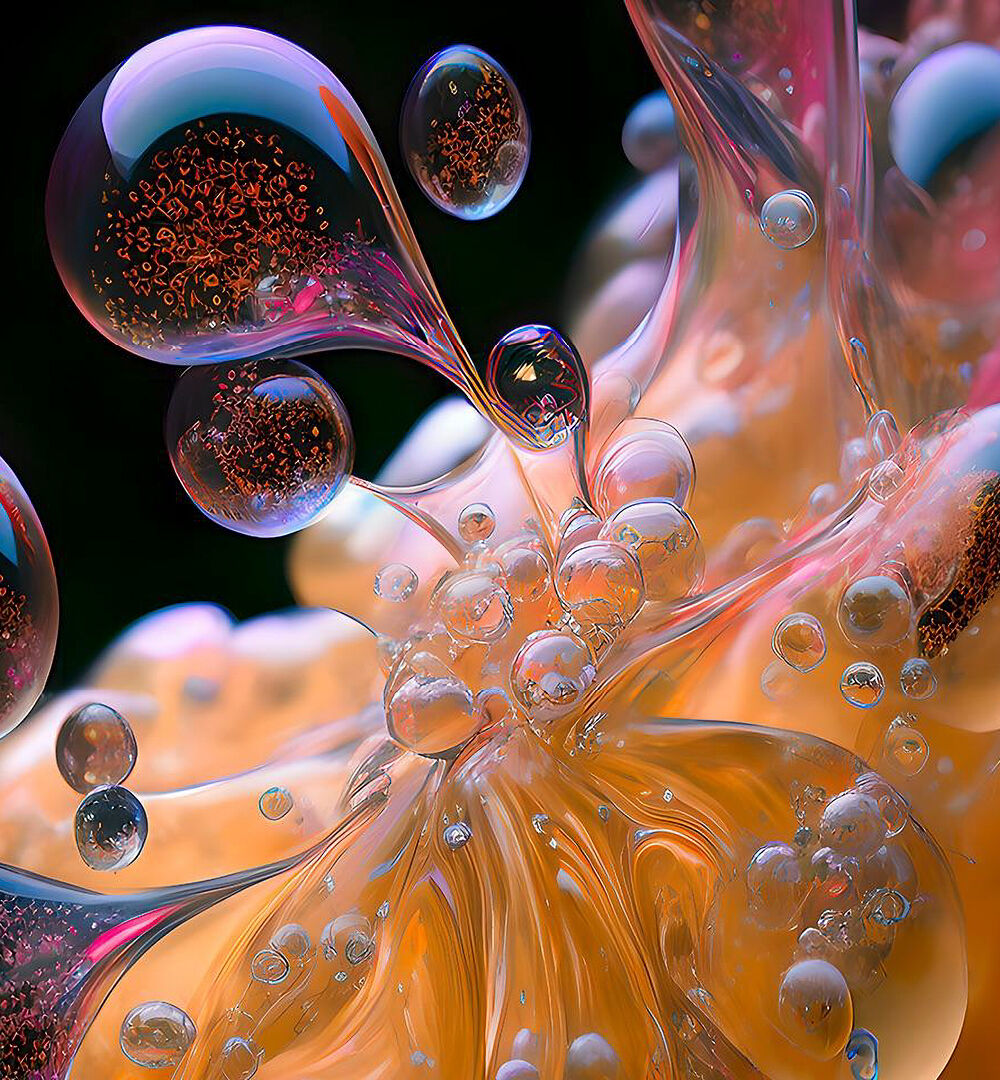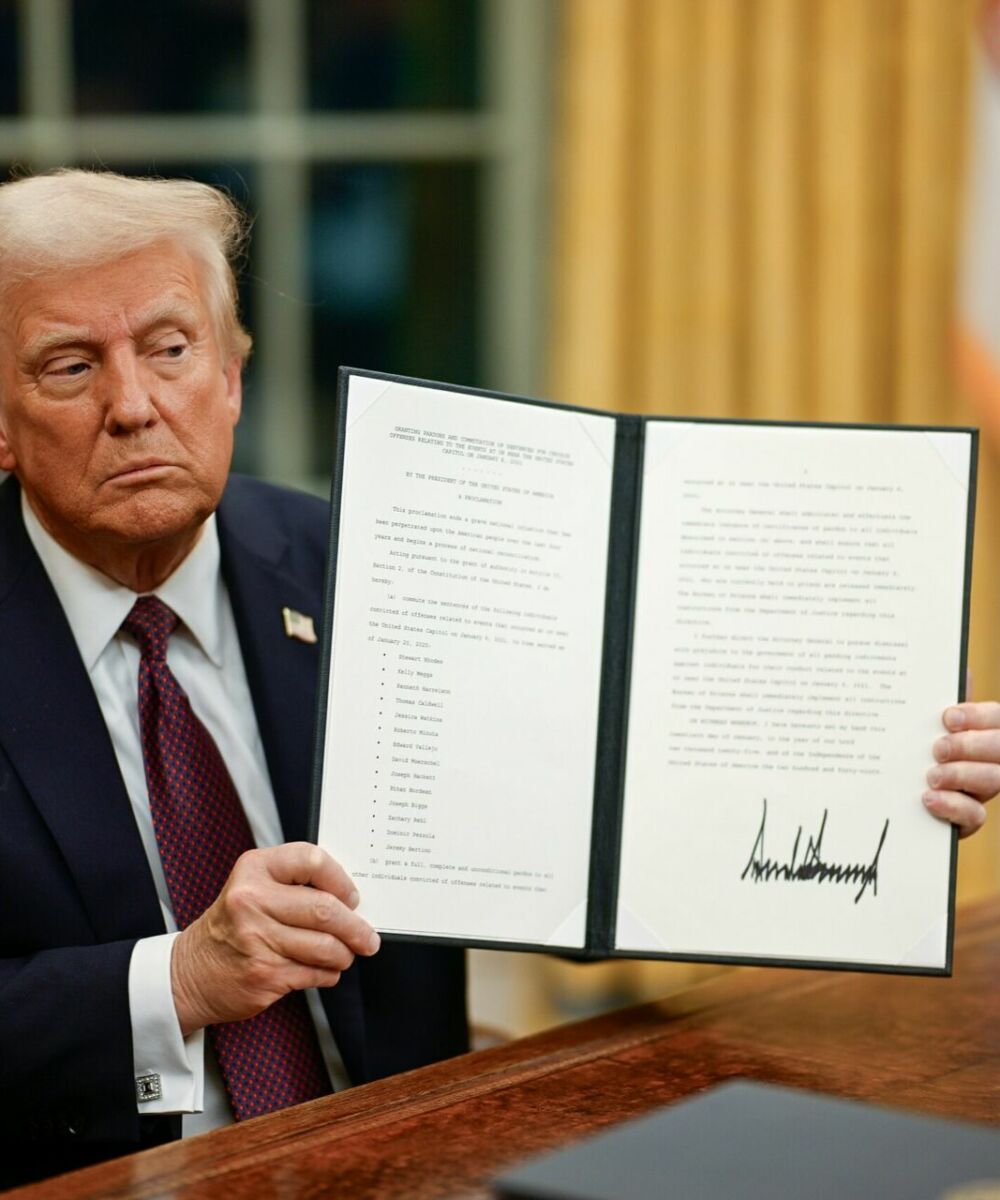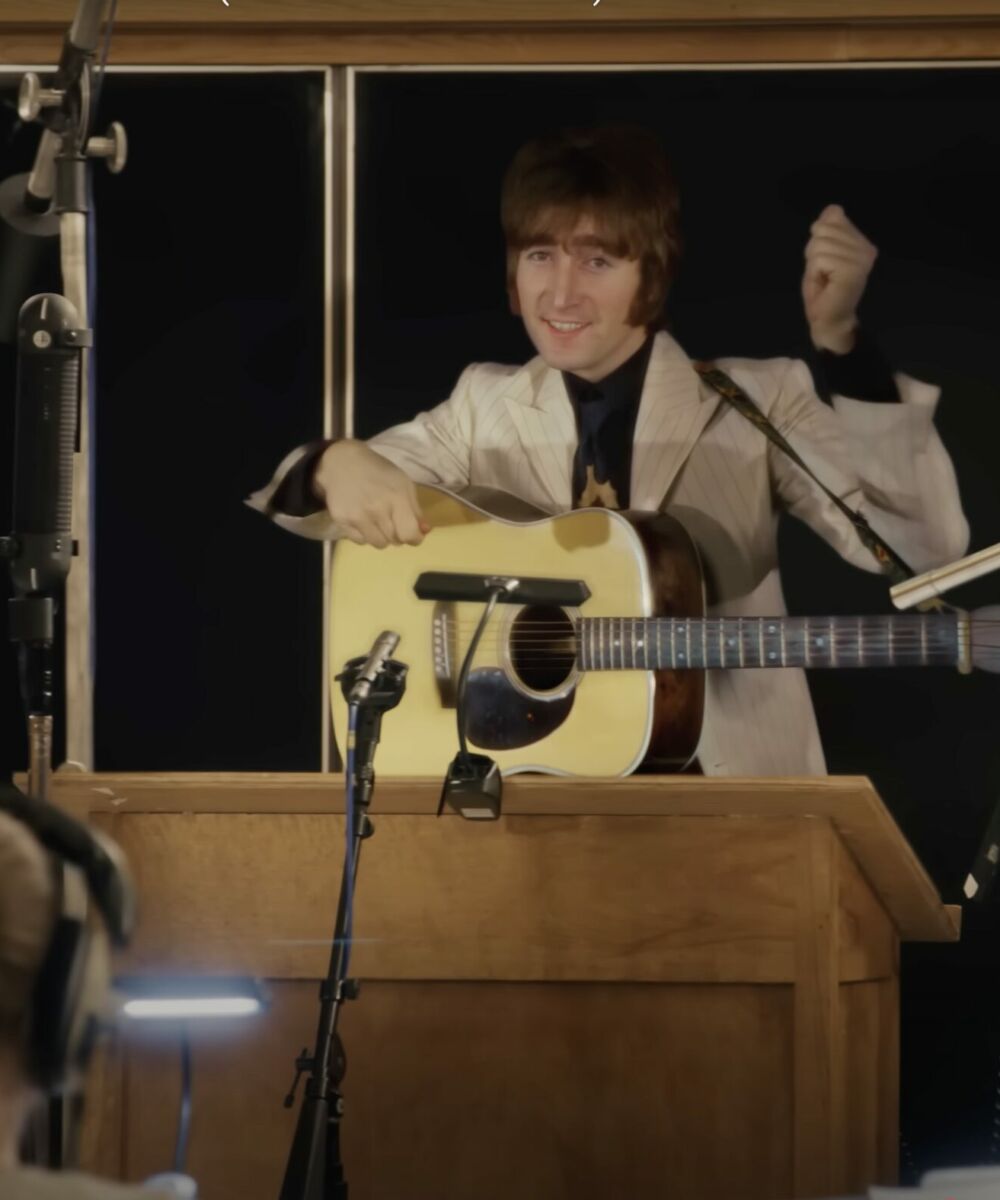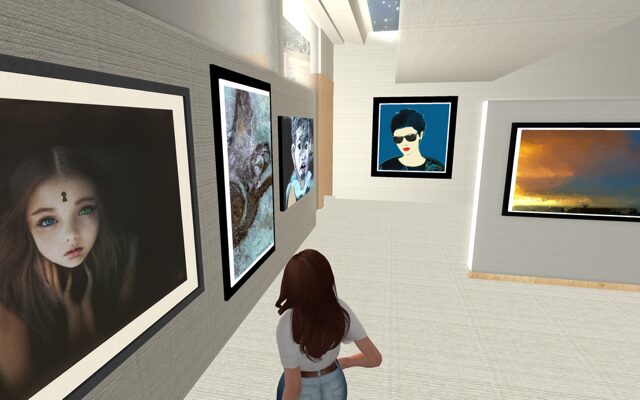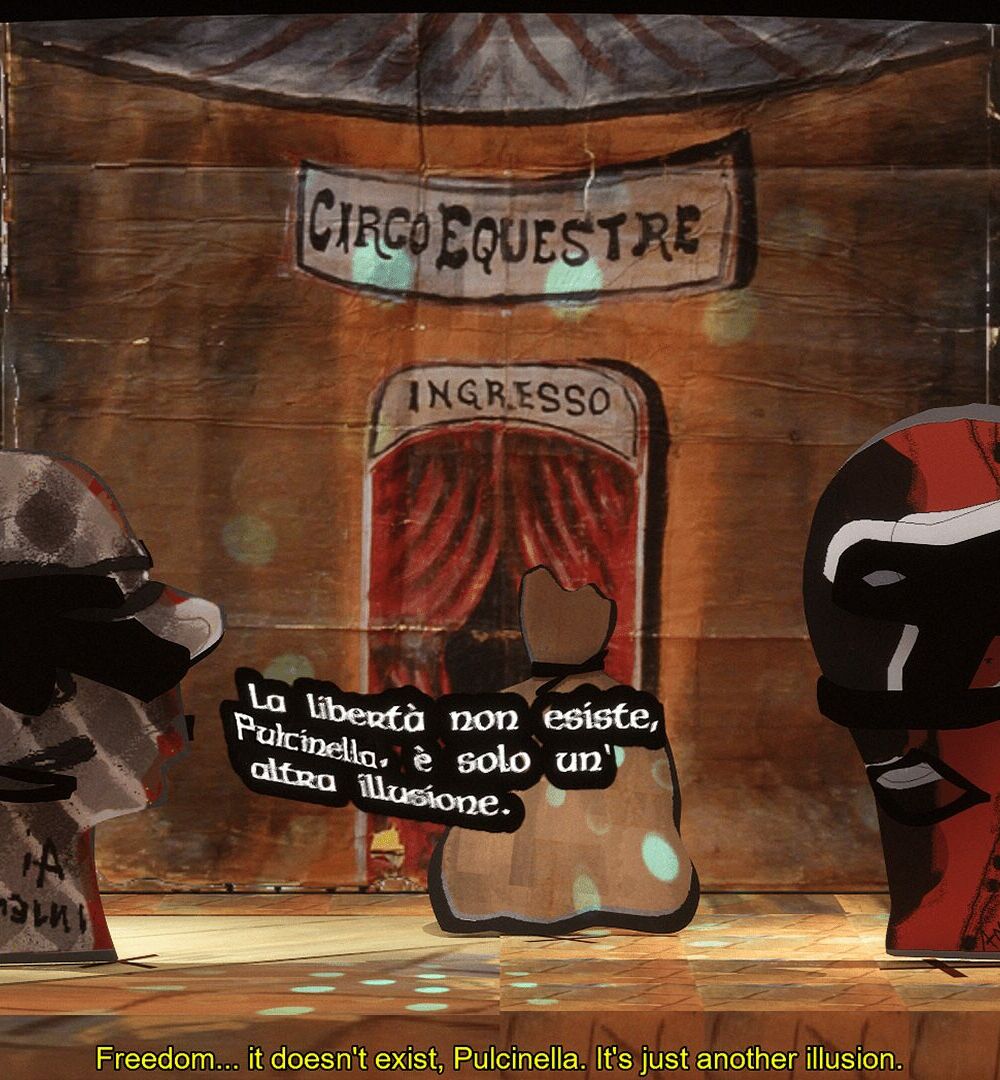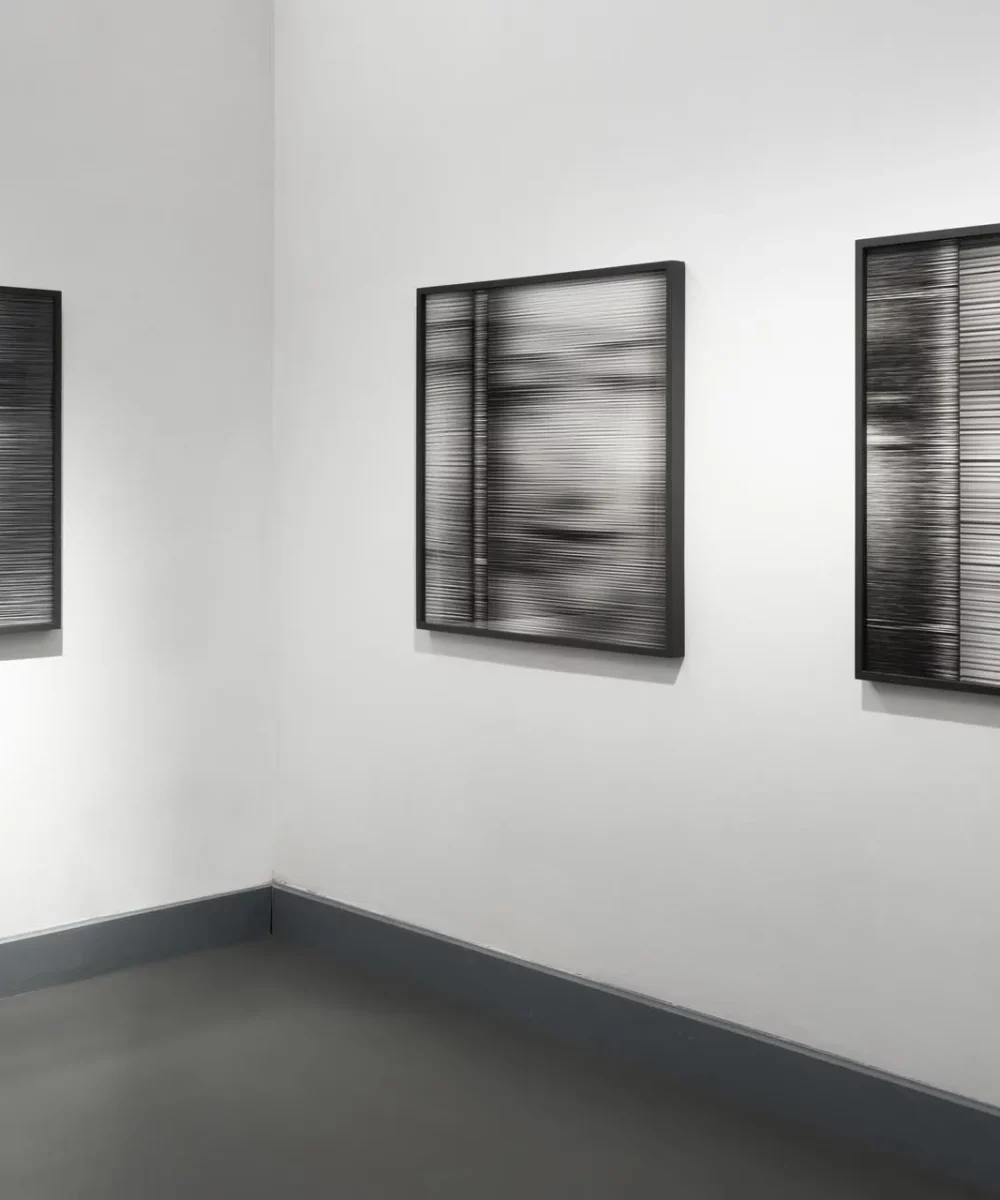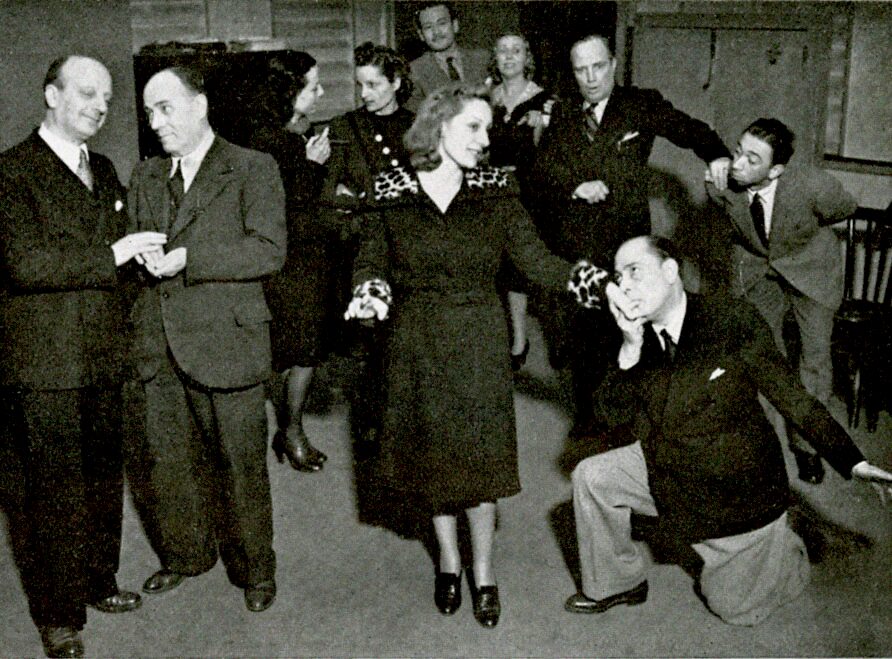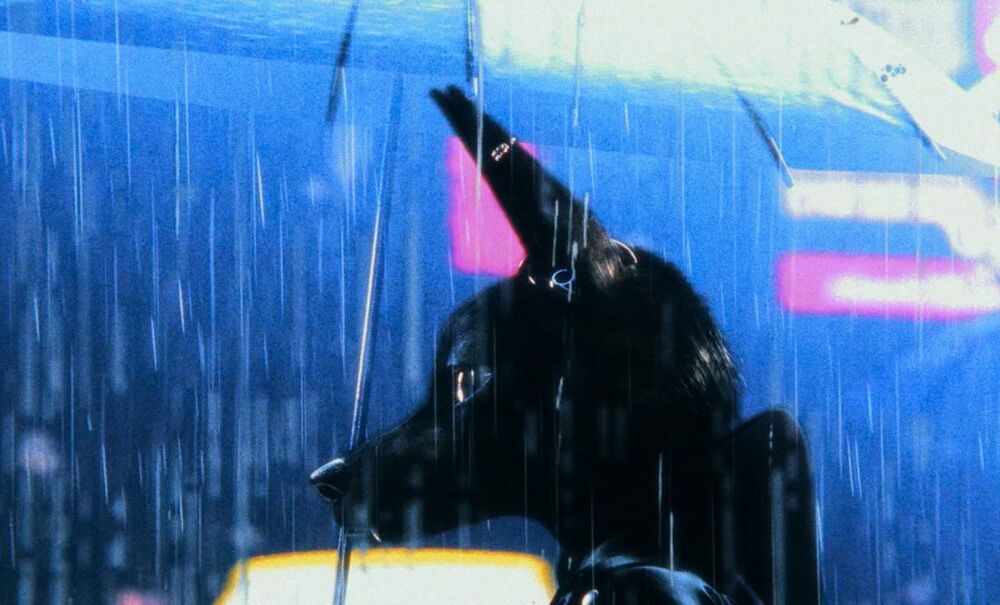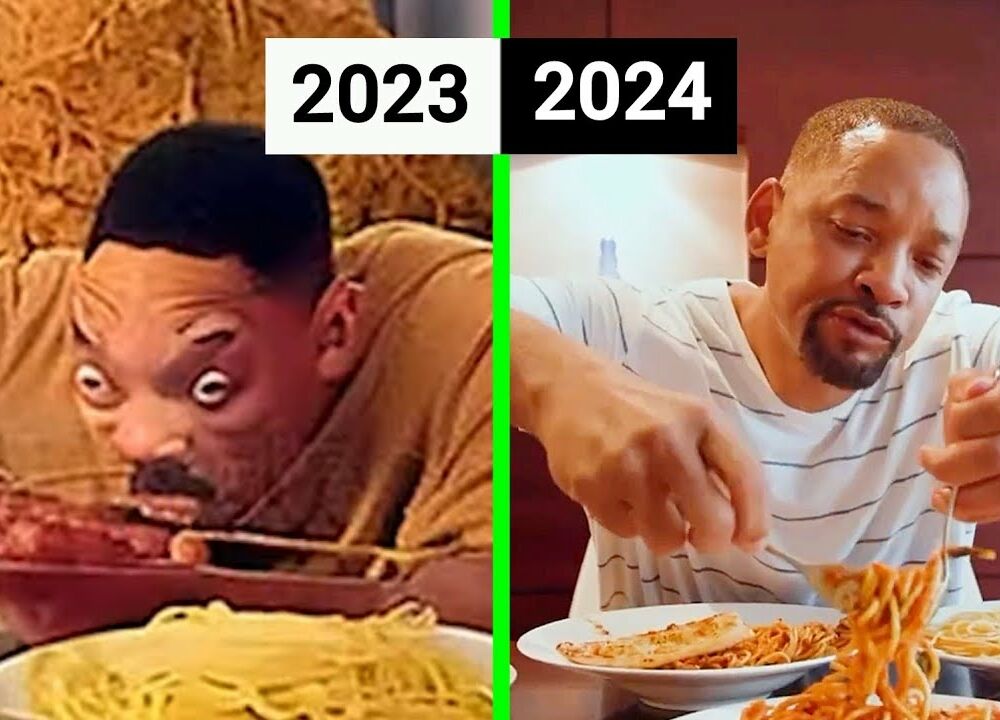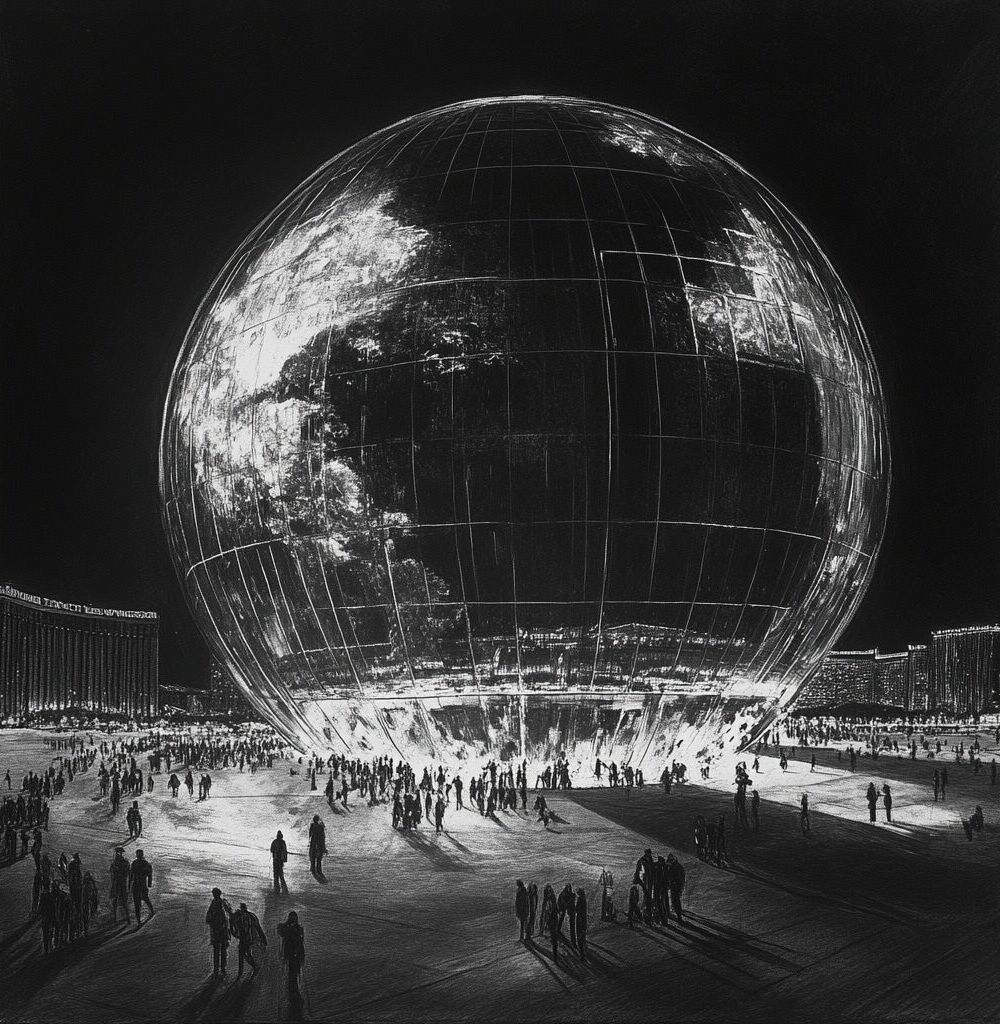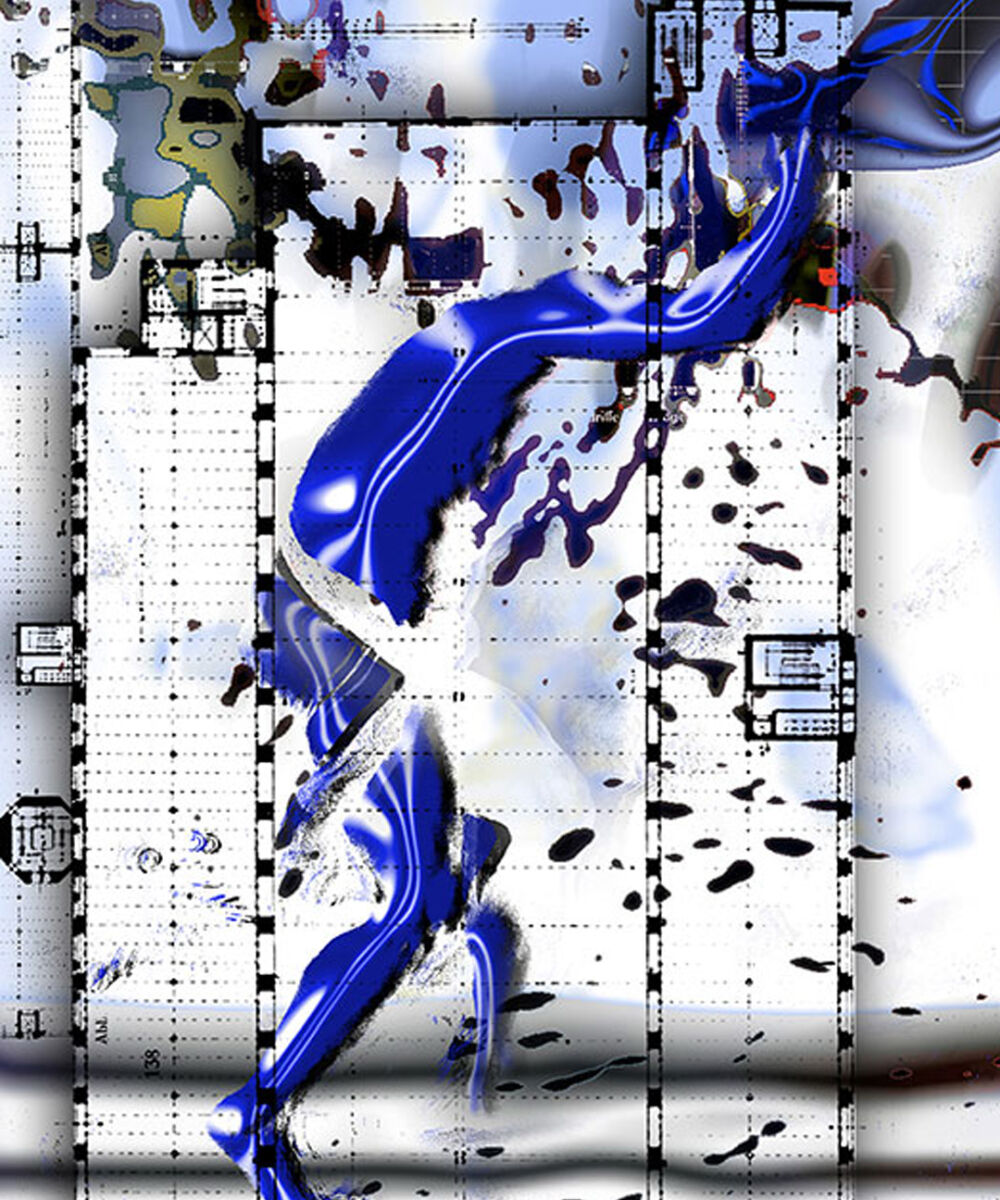QUANTUM LEAP
Chat GPT-4 vs Eliza
by Rebecca Pedrazzi
Quantum Leap is a new programme where past and future meet in a journey through art, technology and innovation. From ELIZA to ChatGPT, from Duchamp to Klingemann, from Klee to Nake; we will explore together how yesterday’s innovations are shaping tomorrow. A dialogue between human creativity and digital tools, from virtual reality to synthetic landscapes, redefining the boundaries of the possible. An appointment for those who want to understand the future through the processes that build it.
ChatGPT (Chat Generative Pre-trained Transformer) is an advanced chatbot developed by OpenAI, designed to generate responses based on large datasets and large language models (LLMs). The latest version, GPT-4, can create text, generate images, write code, and support customized chatbots. The upcoming version, ChatGPT-5 (Orion), promises an unprecedented upgrade—up to 100 times more powerful than its predecessor.
GPT-3 utilized 175 billion parameters for “learning,” while some sources suggest that GPT-4 may handle up to 100 trillion parameters.
When was the first chatbot created?
The first chatbot dates back to 1966, when Joseph Weizenbaum created Eliza at MIT. This software was designed to simulate a conversation with a human, inspired by the persona of a Rogerian psychotherapist. Eliza responded reflectively to phrases and questions, demonstrating a surprising capacity to sustain dialogues despite its simplicity compared to today’s models. This pioneering project showcased the potential of machines in human-computer dialogue.


Weizenbaum, the Computing Heretic
Weizenbaum recognized the implications of human-machine dialogue and was unsettled by the way people developed empathy towards machines. In 1976, he authored the book Computer Power and Human Reason, where he reflected on the limitations of these tools, concluding with: “There is indeed a crucial difference between man and machine: to become whole, man must continually explore both his inner and outer realities.” From simple simulations to sophisticated AI-based interactions, today’s LLMs offer the opportunity for human-machine collaboration, redefining dialogue and innovation.
Keywords: Awareness and exploration.
FUN FACT
The name Eliza is inspired by Eliza Doolittle, the flower girl from George Bernard Shaw’s play Pygmalion.
Try to chat with Eliza.

Rebecca Pedrazzi
Rebecca Pedrazzi is an art historian and critic specialised in AI Art, curator and journalist. Born in Milan, she graduated in Art History and Criticism at the University of Milan with the thesis ‘Il Mercato dell’Arte Contemporanea’ (The Contemporary Art Market) and began working as an Art-Advisor in an art management company, also developing an in-depth knowledge of Old-Masters. In 2017 he founded the online art and culture magazine NotiziArte.com, and in 2018 he became a freelance journalist. Since then he has written more than 3,500 articles on national and international art and culture events, now with a targeted focus on the most current topics of the latest technologies applied to the art world. In 2021, he published the book ‘Possible Futures. Art Scenarios and Artificial Intelligence’ – Publisher Jaca Book. She currently lectures for courses and masters on AI and the world of Art and is active, on the educational side, with publications, conferences and dedicated webinars. She has collaborated with various organisations such as VAR Digital Art for the VDA Award, and with CINECA for the GRIN S+T+ARTS Residencies project. She is a member of the Gallery Climate Coalition (GCC) and collaborates with the Neuromarketing and Metaverse Department AINEM and the European project PERCEIVE. She co-curated the exhibition ‘L’opera d’arte nell’epoca dell’Intelligenza Artificiale’ – Parma, Palazzo Pigorini, the first collective exhibition dedicated to Italian AI Art. In 2024 she worked in the Artificial Intelligence Observatory team at the European Institute of Design (IED) where she currently teaches ‘Phenomenology of Contemporary Arts’.


